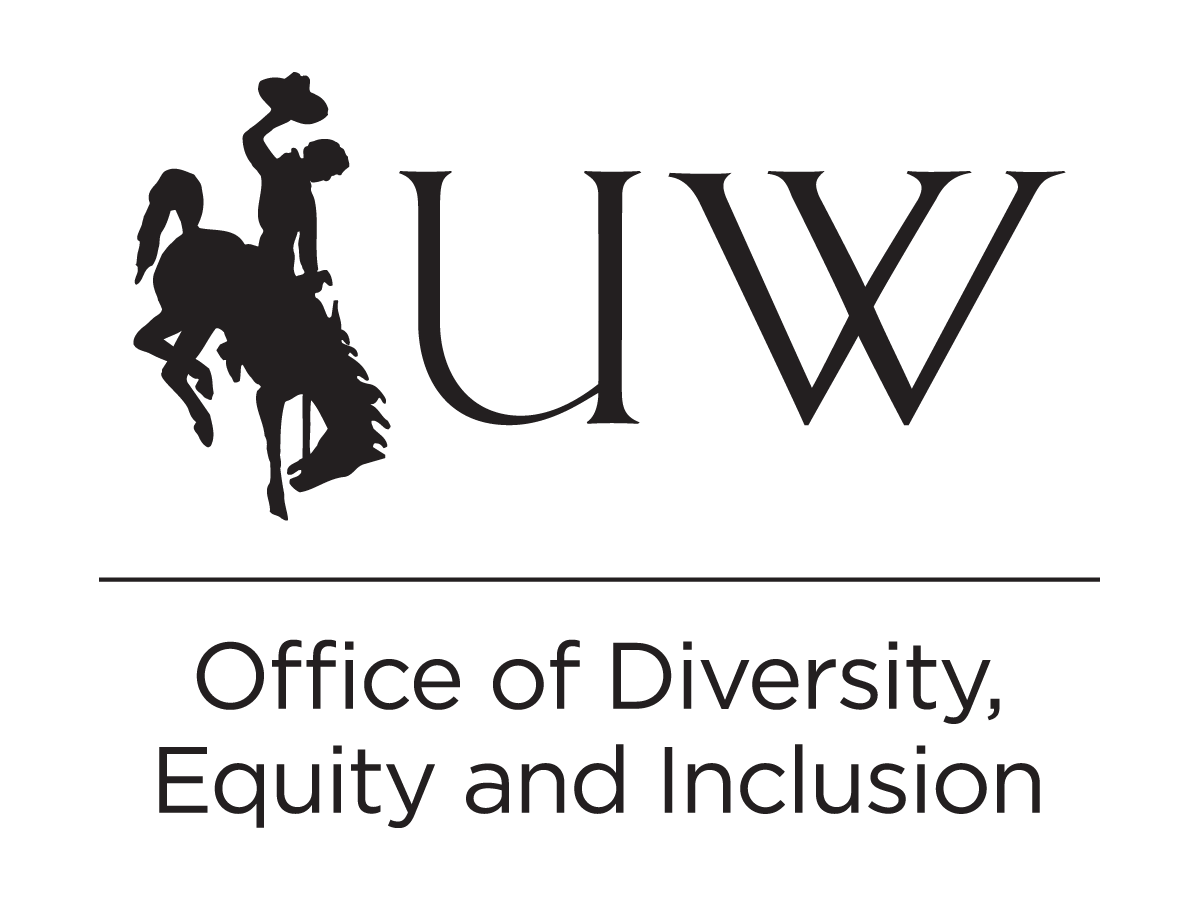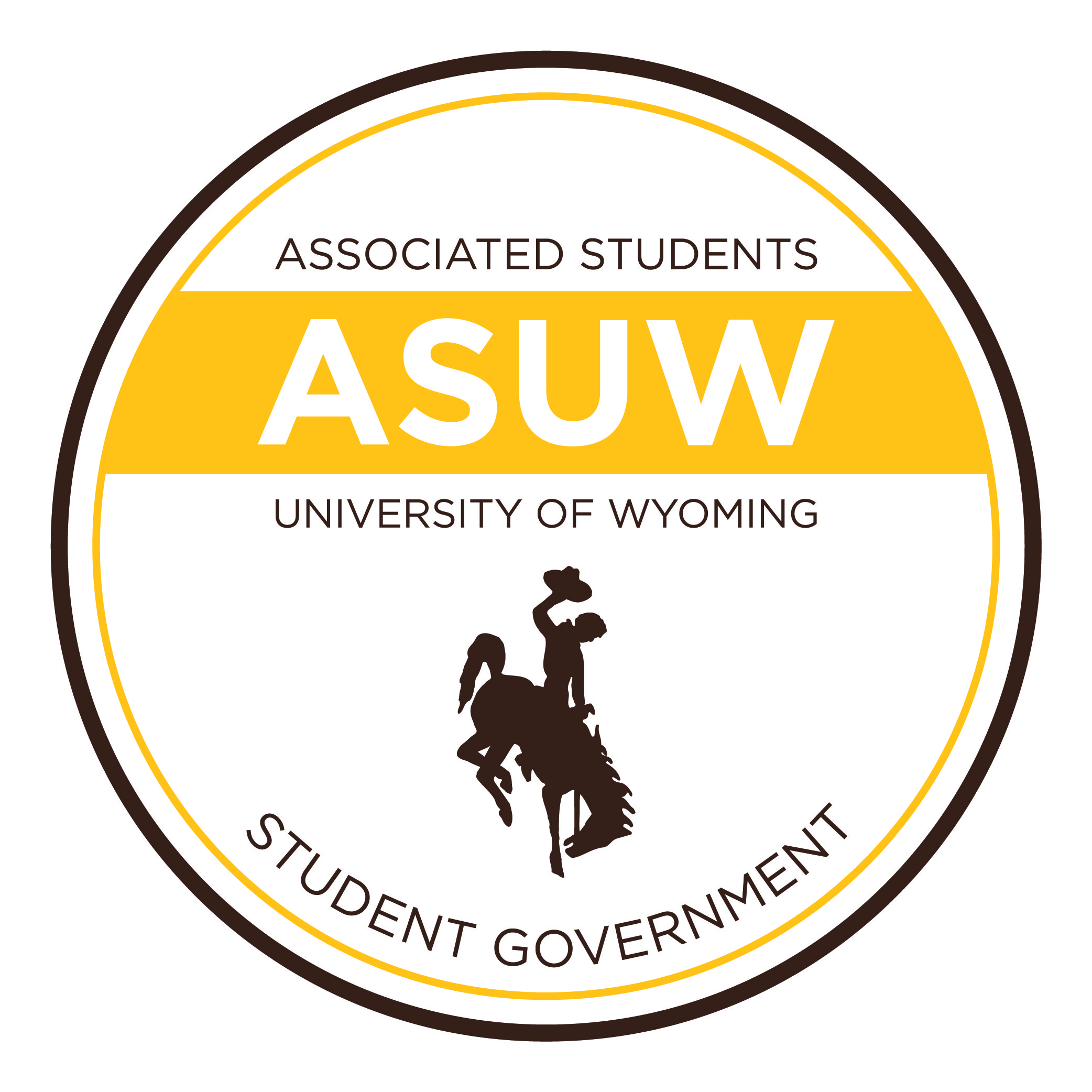Superintendent Dan Wenk of Yellowstone National Park manages more than 2.2 million acres of land. The visitors and park employees could easily be considered another facet of management. Those who travel to enjoy the scenery, wildlife and geysers provide a great opportunity to present problems in the park.
Millions of people designate Yellowstone to be their travel destination and it is becoming more difficult to accommodate the influx of tourists. Many people who reside in Wyoming ironize at the park’s existence for protection against people and development.
Non-native fish species adversely affect grizzly bear diets, encouraging them to feast on our ranchers’ livestock. Lake trout are dominating the native species, cut throat trout, and many projects in the Park work to bring the native species back and balance the rest of the ecosystem.
Issues including air, noise and ground pollution are more difficult to balance. Dan includes in his presentation how park management challenged snowmobile manufactures, Arctic Cat and Ski Doo, to produce cleaner, quieter four-stroke engines.
As the season approaches, more interest in winter recreation calls forth the great culture of snowmobilers.
“When 3.5 million tourists hit the park, lack of funding for renovation results in decrepit infrastructure and failing roadways,” a certified snowmobile guide for a concessionaire at the park, Matt Crowley, said. “Wildlife traffic jams are almost inevitable in the park and with more and more people stuck in traffic congests the park too aggressively.”
Changing patterns in visitation demand alternative ways to access the park due to the lack of space for everyone. Transit system ideas were shut down because they are more expensive and they only cover the symptoms of the problem. It is also unrealistic to construct a four-lane highway through the park. Even if there was adequate funding, roadways may not be as prioritized as more park rangers and housing for employees.
A topic in the presentation about the world’s first national park revolved around strategic communication. Eight people in a small office in the park are dedicated to shaping the views and perceptions of Yellowstone against fallacies and controversy. Controversy lingers in the actions of politics and the communication office works carefully to shape how the park is thought of.
Several ranchers in Wyoming are outraged about Yellowstone’s management of wolves and grizzlies though they realize the animals are not the ones who sign the policies or shape the views.
Evidence, perspective and attitude, shapes the linings to the vast problems facing Yellowstone, which are mostly based around people. The deepest, darkest problem is not millions of tourists or policies or even pollution. Completely out of Dan Wenk’s hands would be a strong earthquake that would end all problems in and out of the park with no real set time.


